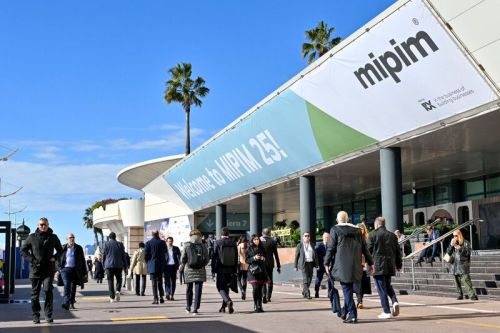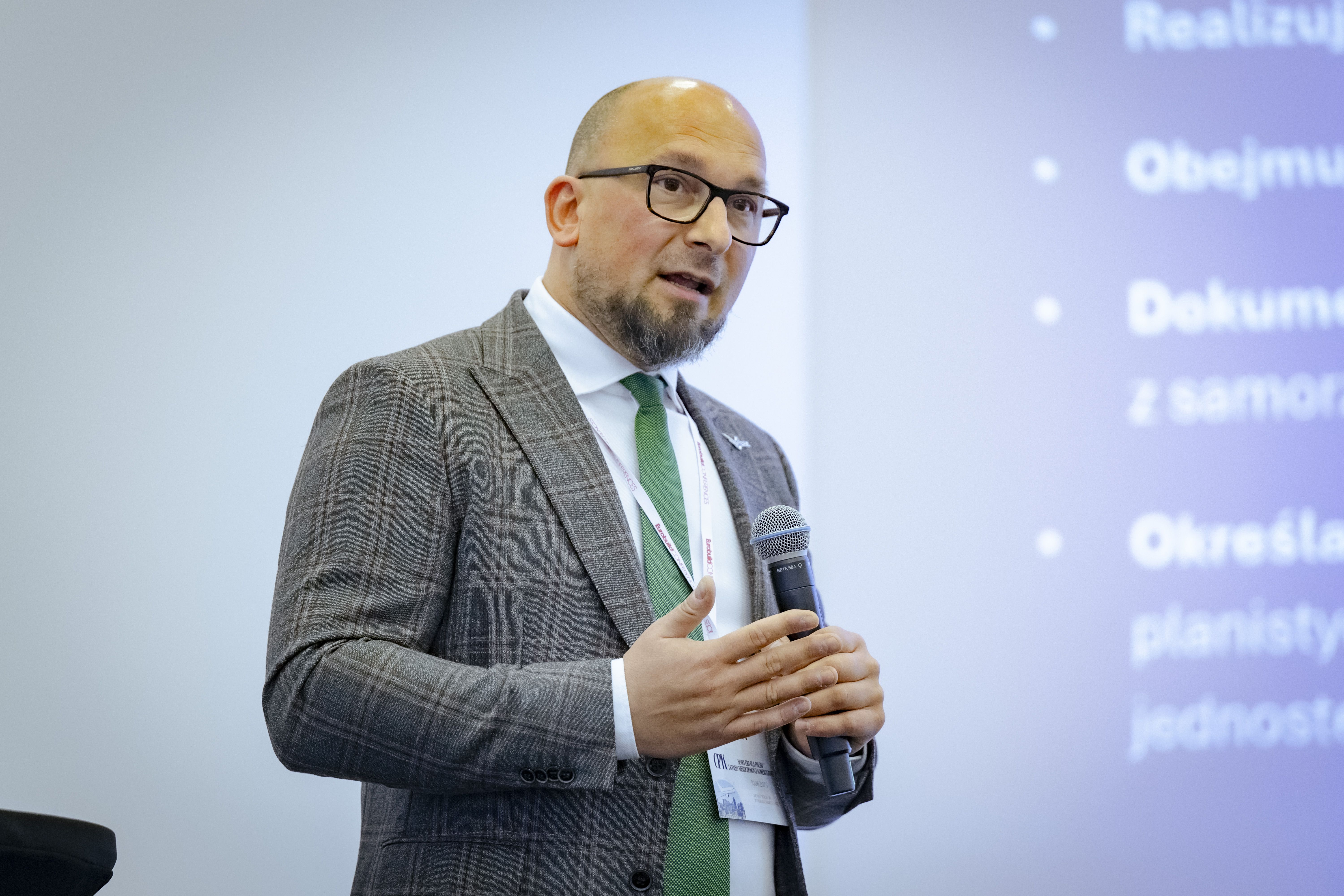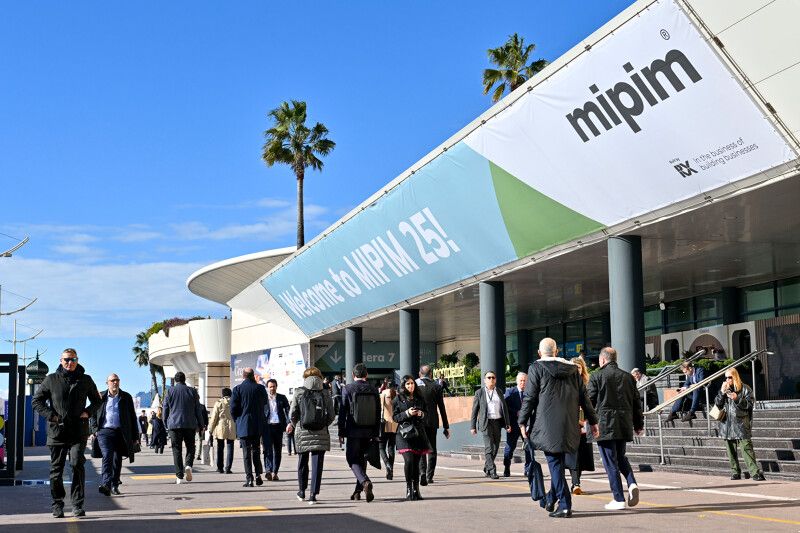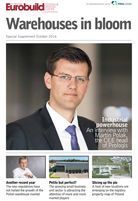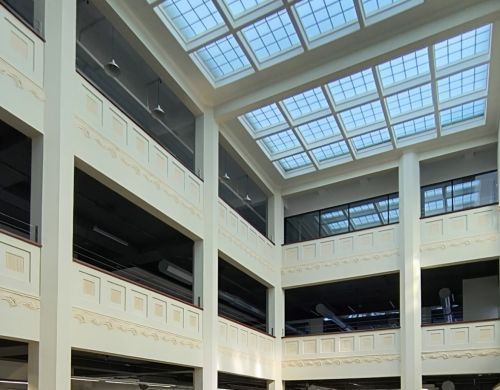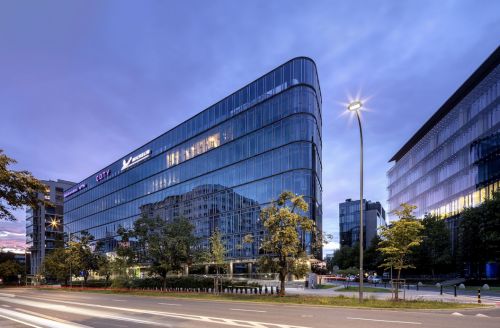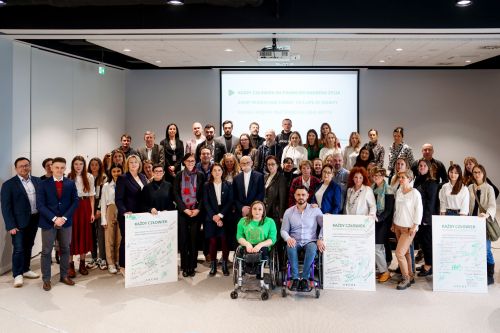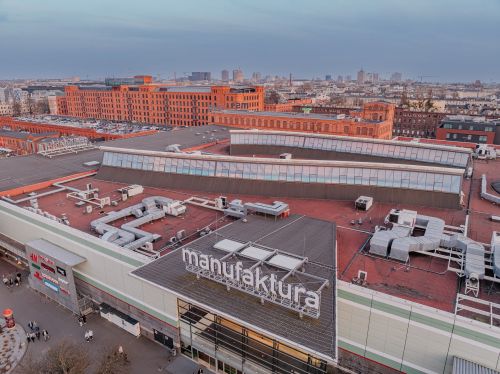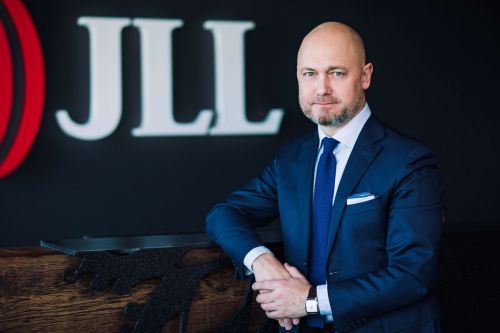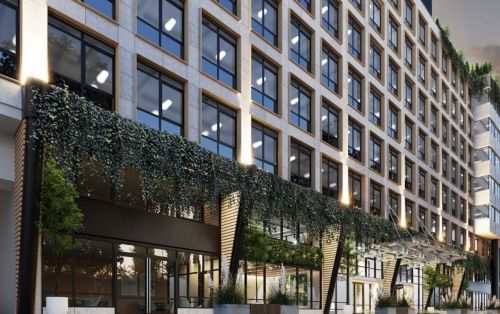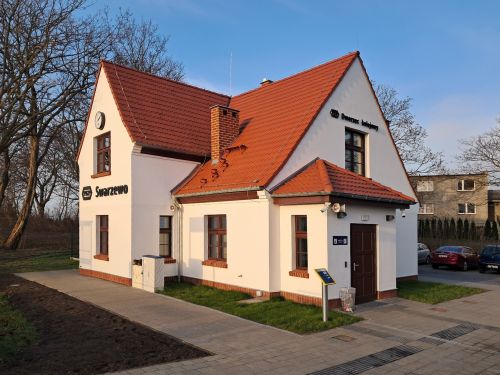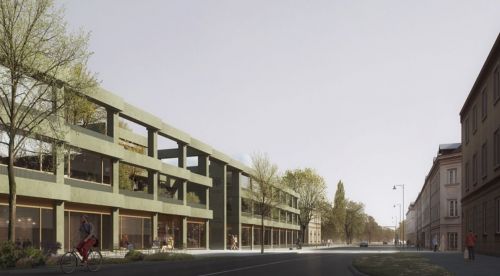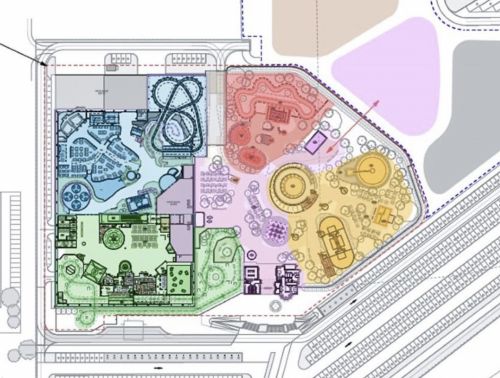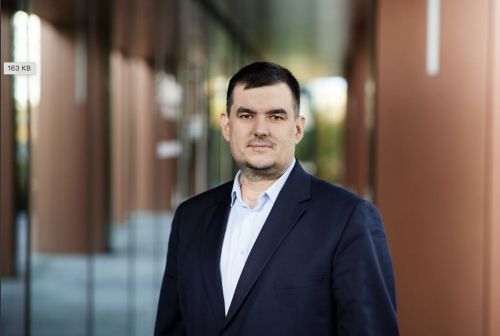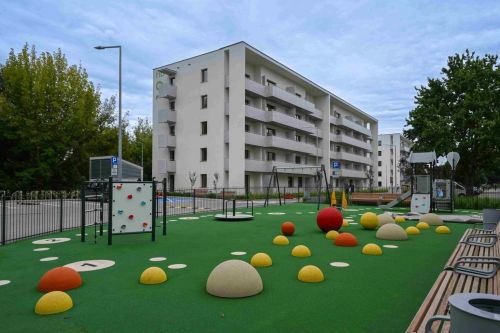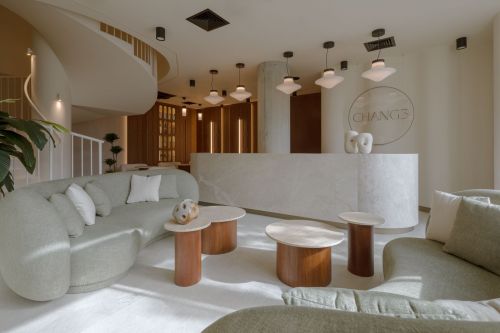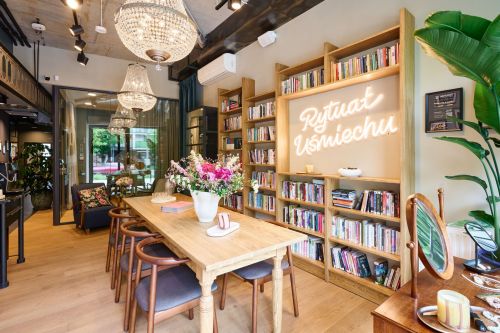As Mateusz Iłowiecki, a senior consultant in the industrial agency at JLL explains, the three most important criteria for a building to be classified as an SBU is its location in a city or its suburbs with good access to urban transport, the possibility of dividing the warehouse space into small separate units of 500 to 1,000 sqm, and a relatively large office component with high class office space. The latter make up 10–30 pct of the amount of warehouse space. SBUs are eagerly rented by companies who like to place their headquarters close to their warehouses, production spaces or show-rooms. This makes SBUs a nice complementary offer for some existing logistics parks.
And this is also how Prologis views its latest SBU investment in Prologis Park Chorzów, the D5 building which the company opened at the beginning of September. “Adding an SBU building to our park in Chorzów has allowed us to use the land better. Instead of developing another 16,000 sqm big box with exactl





